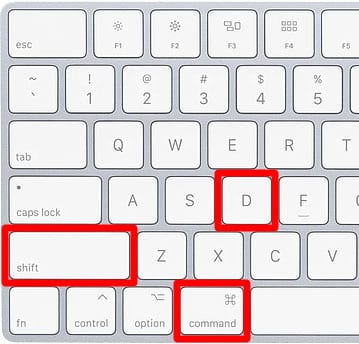

repeated software crashes of any of your log-in items, you can use Safe Start: Press and hold the Shift key immediately after clicking log-in or AFTER the spinning gear shows up (if you hit Shift too soon you will end in Safe Boot mode). Safe Start deactivates the user's log-in items. Finder: After logging in the log-in items you set in your account preferences are loaded.Log-in window: Now that launchd has started the Loginwindow.app either the log-in screen is shown or the pre-defined used is being logged-in automatically.Blue screen: Now that launchd has started the WindowServer needed for the Graphical User Interface (GUI) your Mac starts to look like a Mac.Spinnig gear (or "spinning wheel") below the Apple logo: The launchd daemon starts all processes necessary for Mac OS X.Apple logo: The boot loader now loads the Darwin Linux, the MAC OS X basis, and the Apple logo appears. Kernel and kernel extensions (KEXT) are loaded, and they take over the next steps.If it were unsuccessful, you'd then see either a circle with a slash or a "folder with a question mark". If it weren't there, the Mac would first look at all other bootable drives (internal hard drives, DVD, USB, network). Depending on what's causing your Mac to freeze while you're trying to shut it down, we've listed a few solutions and steps to help you tackle the What to do when your MacBook doesn't shut down. It is stored on a hidden GUID partition on all bootable hard drives, the exact whereabouts are stored in the Macs PRAM by the "Start volume" preference pane or the Boot Camp assistant. Light grey display: Now the Mac flicks on its display and looks for the "Boot.efi" boot loader.processor, RAM, LAN + WLAN, Firewire, USB). If you see a slowly pulsing LED or hear beeps every five seconds, you have a RAM problem. If everything is okay, the startup chime is heard. Power on - startup chime: During the Power-On Self Test the hardware on yor Macs motherboard is tested (i.e.


 0 kommentar(er)
0 kommentar(er)
